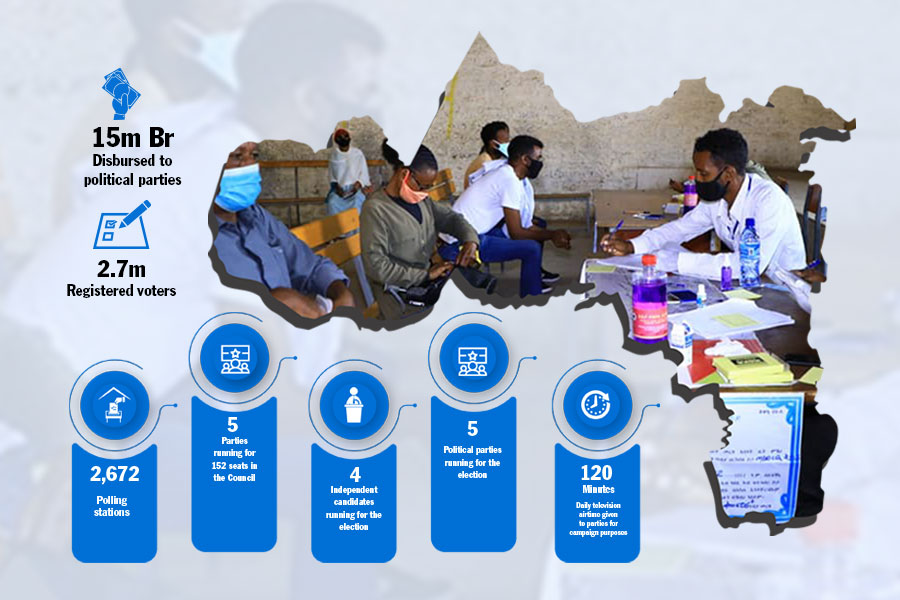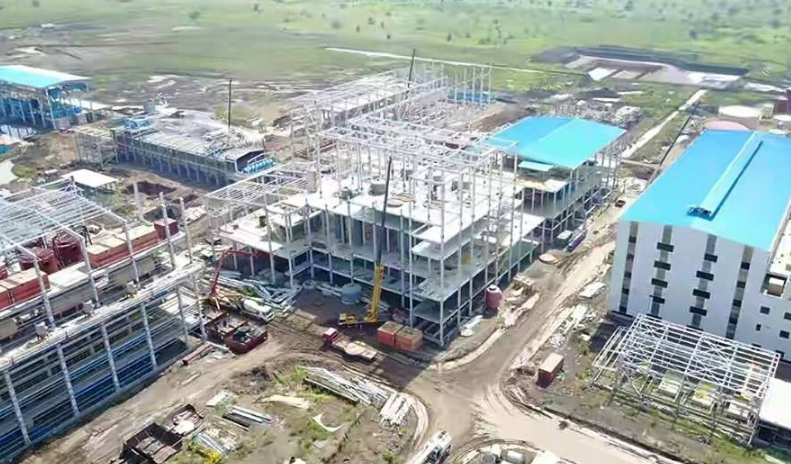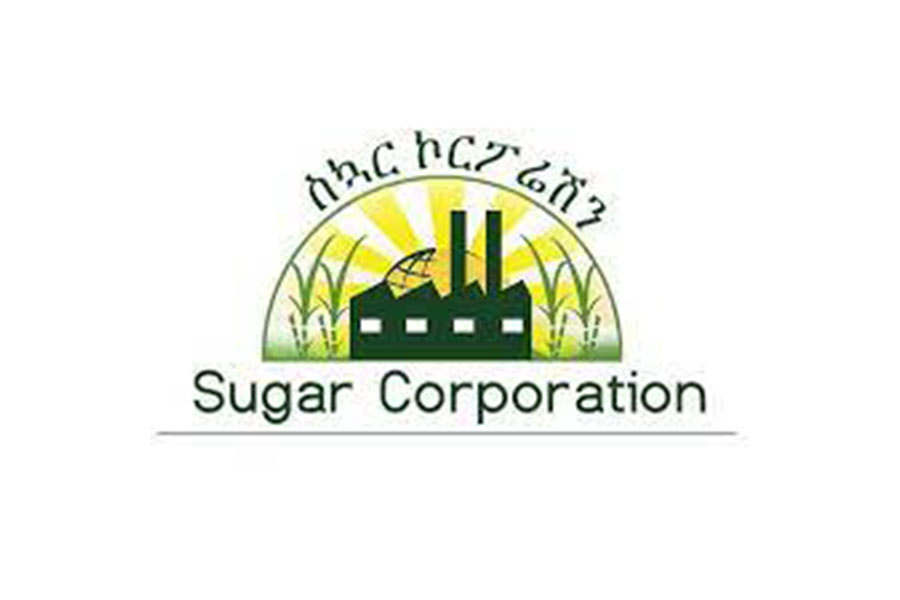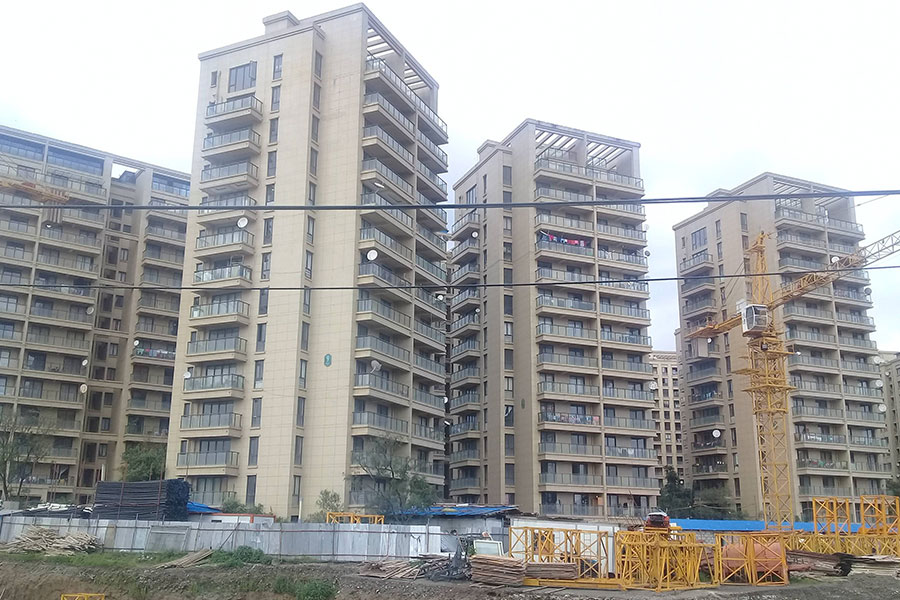
Fortune News | Sep 06,2020
Apr 4 , 2020
By HAGOS GEBREAMLAK ( FORTUNE STAFF WRITER )
 The sugar plant is one of the 13 sugar factories the Ministry of Finance is working to privatise. Of the factories, 10 of them, including Welkait, located 1,030Km from Addis Abeba in Tigray Regional State, are prioritised.
The sugar plant is one of the 13 sugar factories the Ministry of Finance is working to privatise. Of the factories, 10 of them, including Welkait, located 1,030Km from Addis Abeba in Tigray Regional State, are prioritised. The Tigray Chamber of Commerce & Sectoral Associations has started mobilising investors to take part in the bidding process for the privatisation of Welkait Sugar Plant.
The sugar plant is one of the 13 sugar factories the Ministry of Finance is working to privatise. Of the factories, 10 of them, including Welkait, located 1,030Km from Addis Abeba in Tigray Regional State, are prioritised. The plant, which is expected to crush 24,000tn of sugarcane a day, is among the state-owned enterprises the then-EPRDF decided a year and a half ago to be fully or partially privatised.
A year ago, the Ministry issued a Request for Information (RFI) for the sugar companies, and 10 local and international companies have expressed interest in participating in the privatisation process of the sugar estates. Based on the RFI, the Ministry and Public Enterprises Holding & Administration Agency are preparing to float a tender.
Following the government's decision to privatise the company, the regional chamber has coordinated all sectoral associations at the weredaand town level to mobilise potential investors to raise equity to buy the plant, according to Berhe Arkebe, secretary of Meqelle Chamber of Commerce & Sectoral Associations .
“Sugar factories are very lucrative in Ethiopia," said Berhe. "There is also huge demand and consumption in Sudan and Eritrea."
The sugar plant is one of the 13 sugar factories the Ministry of Finance is working to privatise. Of the factories, 10 of them, including Welkait, located 1,030Km from Addis Abeba in Tigray Regional State, are prioritised.
The state-owned sugar factories produced four million quintals of sugar in the last fiscal year, while the demand was 7.2 million quintals. To fill the gap, the country imported 4.1 million quintals of sugar.
By the end of the current fiscal year, the government intended to increase sugar production to 4.9 million tonnes and generate 586.2 million dollars from the export.
The motive of the chamber is to run a sugar plant that is owned and operated by locals, according to Haftay Hagos, secretary of Tigray Chamber of Commerce & Sectoral Association, which is counselling and facilitating the process.
"Thus, we're creating a shared understanding within the business community and organising potential shareholders to raise equity to buy the sugar plant,” said Haftay.
Before deciding to take part in a bidding process, the Association has commissioned a study to assess the feasibility of the plan, profitability and total assets of the factory. The assessment also includes identifying which ownership arrangement is feasible. Share company, joint venture and private limited company (Plc) are the three ownership forms the Association is considering.
"And it is yet to be decided which form of business organisation is viable," Berhe told Fortune.
The Chamber has prepared a registration form and distributed it to the chambers. It also took close to 400 local investors for a field visit to the plant on March 11 to 13, 2020. The field visit was held for those who showed interest in buying shares of the company that will bid to buy the sugar estate.
"When the studies and research are completed," said Berhe, "the company to be established will float shares for interested buyers."
Started eight years ago, the construction of the plant has reached 95pc and is expected to start operations by 2013. China CAMC Engineering Co, Ltd. (CAMCE) is constructing the plant, which is among the 10 sugar plants the government kicked off under the first edition of the Growth & Transformation Plan. The project was initially awarded to the Metals & Engineering Corporation (MetEC) but was terminated due to a delay on the contractor side.
When it begins to operate at optimum crushing capacity, it will produce 484,000tn of sugar and 41.6 million litres of ethanol a year. It uses sugarcane that will be planted on 40,000ha of land. The plant will get irrigation water from the Tekeze, Kalema and Zarema rivers.
Ethio-Sugar Manufacturing S.C., another share company, is also mobilising resources to raise 10 to 11 billion Br from 40,000 shareholders to take part in the bidding process to acquire sugar plants.
The problems in Ethiopia are not necessarily related to forms of resource ownership but rather the absence of competitive suppliers, according to Tekie Alemu, assistant professor of economics at Addis Abeba University.
Tekie also believes that privatisation of the sugar plant and other state-owned companies can bring efficiency and supply competition. The government does not have the capacity to operate such projects to the optimal level, according to him.
"This may create many competitive suppliers to resolve the supply-side problem," he said. "Ethiopia needs supply-side solutions, as the problem with the country is classical - that is the presence of limited supply."
PUBLISHED ON
Apr 04,2020 [ VOL
21 , NO
1040]

Fortune News | Sep 06,2020

Fortune News | Jul 03,2024

Radar | Mar 06,2021

Advertorials | May 27,2024

Radar | Apr 15,2023

Commentaries | May 29,2021

Radar | Nov 14,2020

Radar | May 21,2022

Fortune News | Feb 04,2023

Fortune News | Aug 28,2021

Dec 22 , 2024 . By TIZITA SHEWAFERAW
Charged with transforming colossal state-owned enterprises into modern and competitiv...

Aug 18 , 2024 . By AKSAH ITALO
Although predictable Yonas Zerihun's job in the ride-hailing service is not immune to...

Jul 28 , 2024 . By TIZITA SHEWAFERAW
Unhabitual, perhaps too many, Samuel Gebreyohannes, 38, used to occasionally enjoy a couple of beers at breakfast. However, he recently swit...

Jul 13 , 2024 . By AKSAH ITALO
Investors who rely on tractors, trucks, and field vehicles for commuting, transporting commodities, and f...

Jul 5 , 2025
Six years ago, Ethiopia was the darling of international liberal commentators. A year...

Jun 28 , 2025
Meseret Damtie, the assertive auditor general, has never been shy about naming names...

Jun 21 , 2025
A well-worn adage says, “Budget is not destiny, but it is direction.” Examining t...

Jun 14 , 2025
Yet again, the Horn of Africa is bracing for trouble. A region already frayed by wars...